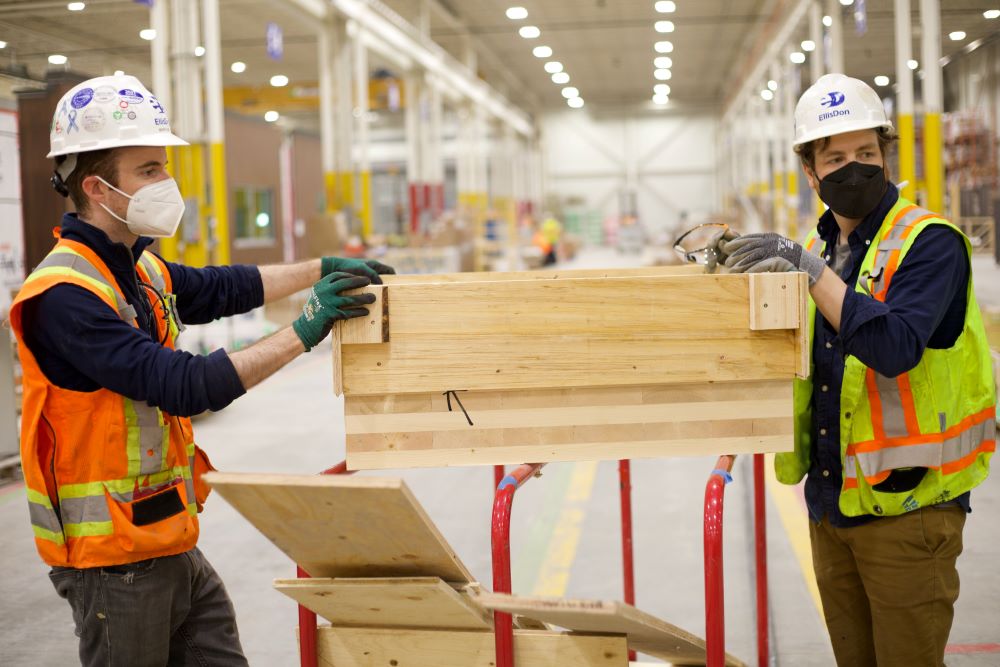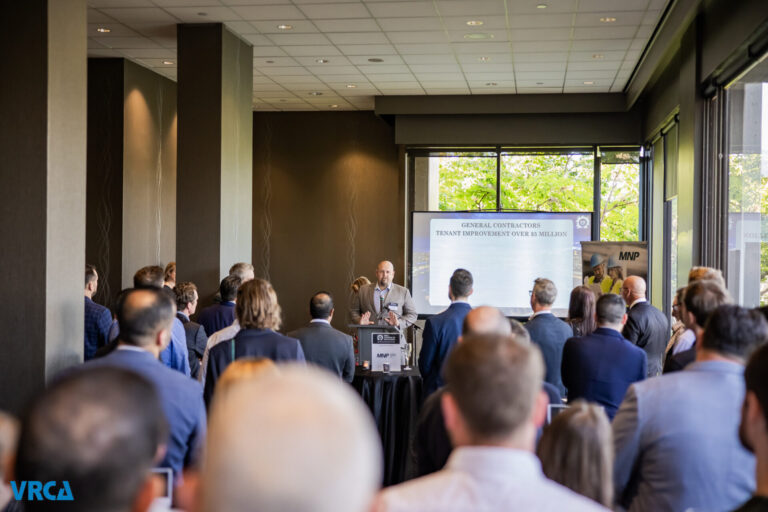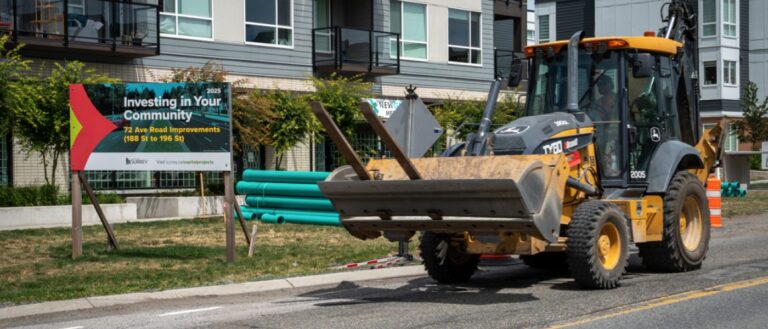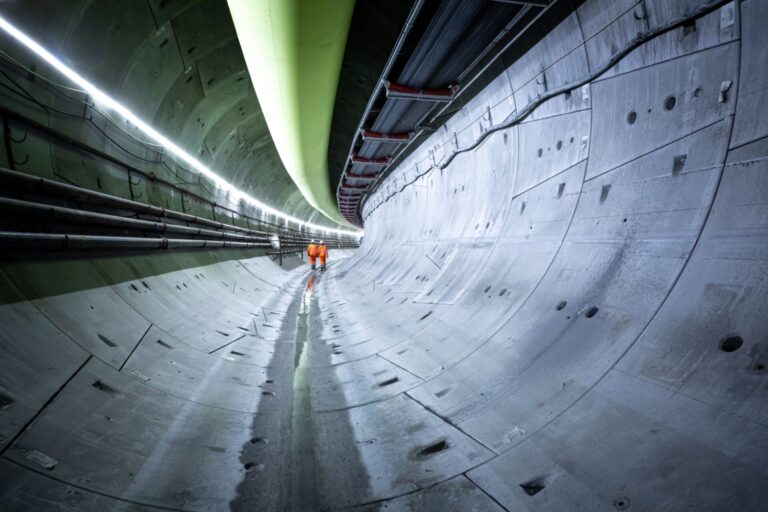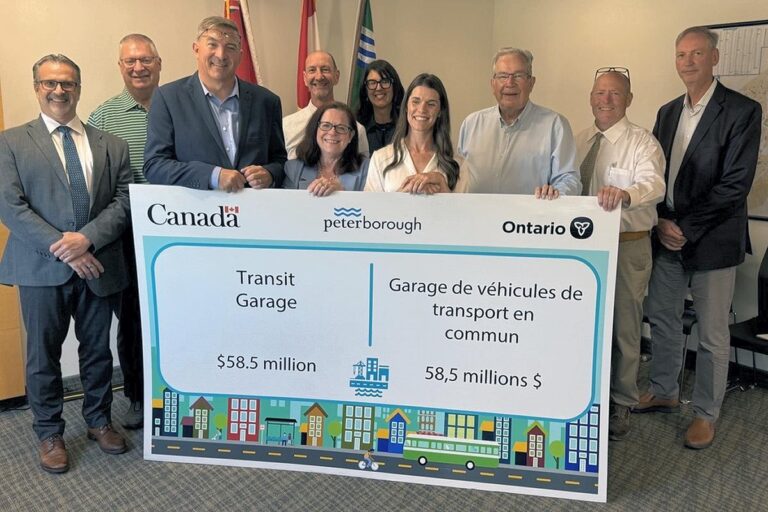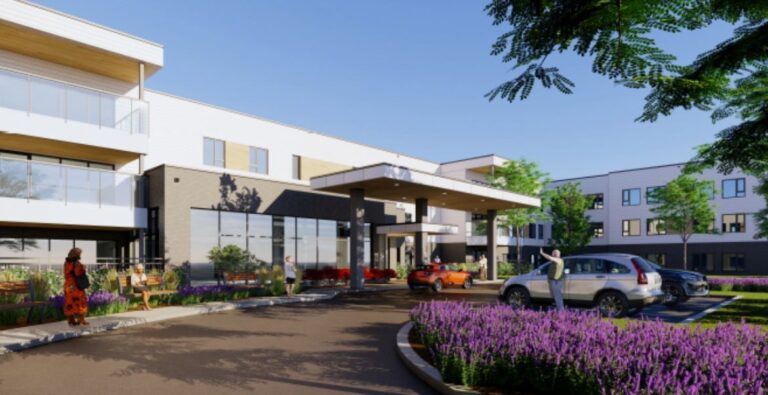Natural Resources Minister Jonathan Wilkinson announced a combined Government of Canada contribution of over $550,000 to the Hybrid Timber Floor System Project led by EllisDon and DIALOG. The project is funded through the Green Construction through Wood (GCWood) Program, a program that encourages the greater use of wood in construction and supports Canada’s transition to a low-carbon economy; and the Investments in Forest Industry Transformation (IFIT), a program that supports its recipients in de-risking the implementation of innovation in the Canadian forest sector.
“The buildings sector represents a significant source of Canada’s emissions. The materials used to construct buildings are a big part of those emissions; using sustainable materials will help us achieve net-zero by 2050 in this sector and across the economy while accelerating the economic opportunities presented by the low-carbon building products,” said Jonathan Wilkinson, Minister of Natural Resources.
EllisDon and DIALOG’s patent-pending Hybrid Timber Floor System is an innovative approach to the existing concept of hybridizing structural materials. The Hybrid Timber Floor System, a mixture of different materials such as concrete and steel combined with mass timber, offers a reduction in carbon and an increase in building design possibilities. As a composite of post-tensioned concrete, CLT and a structurally engaged topping, it also allows mass timber–based floor systems to be used in non-residential long-span construction that had previously been limited to traditional building materials. According to EllisDon and DIALOG’s study, this Hybrid Timber Floor System means mass timber can be used to meet the clear spans often desired in the commercial and institutional sectors while delivering exposed finishes. This ability means greener construction options, meaningful use of local natural resources and benefits to the bio-economy.
“The hybrid panel presents a unique value proposition allowing for carbon sustainability, the ability for offsite prefabrication and long-span exposed ceilings desired by many commercial tenants. Thanks to the support of the Government of Canada, we are making exceptional progress to move toward a net-zero future by implementing sustainable construction materials in new and exciting applications,” said Mark Gaglione, director, Building and Material Sciences, EllisDon.
The EllisDon and DIALOG study is currently underway at EllisDon’s modular fabrication facility, located in Stoney Creek, Ontario; the facility is an industrial building of over 27,000 square metres that is fully fit for prefabricated volumetric modules and panelized building components. The project will be completed later this year, with ongoing full-scale and long-term testing planned post-study.
“Replacing steel and concrete with wood — which has significantly less embodied carbon — means that tall buildings could be designed to be lower in embodied carbon. The Hybrid Timber Floor System (HTFS) provides greater spans that are ideal for open floorplates or mixed use. HTFS is a game-changer over traditional hybrid wood construction. It allows for the possibility of using CLT in buildings of any type, height and size at a competitive cost,” said Craig Applegath, DIALOG Partner.
Natural Resources Canada’s IFIT program facilitates the adoption of transformative technologies and products by bridging the gap between development and commercialization. IFIT-funded projects help diversify the forest product market through high-value bioproducts such as bioenergy, biomaterials, biochemicals and next-generation building products. The GCWood program supports innovative low-carbon wood construction as part of Canada’s goal of reaching net zero by 2050. The program increases awareness of and capacity for innovative tall wood buildings, timber bridges and low-rise wood buildings.
Featured image: (Twitter @NRCan)

